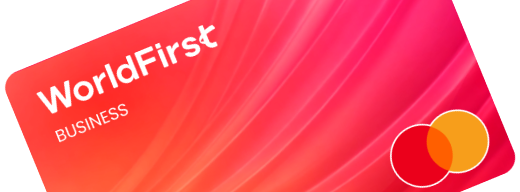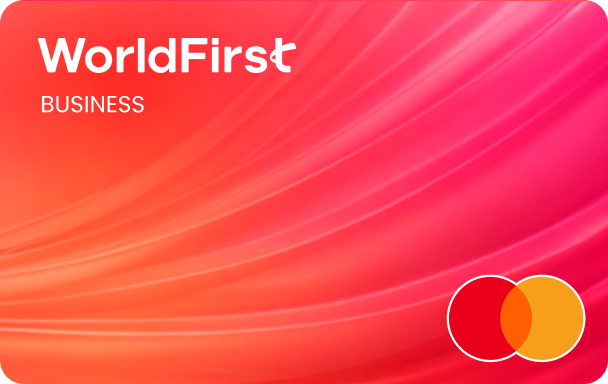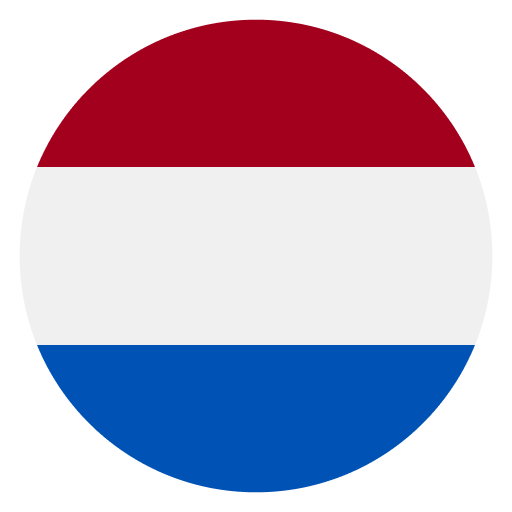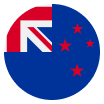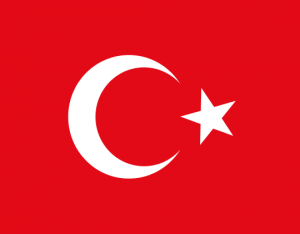Home > Help & Support > What is an IBAN number
What is an IBAN number?
An International Bank Account Number (IBAN), is an internationally recognised code that is used when sending or receiving international payments. Comprising of 34 letters and numbers, your IBAN number is a combination of your account number and sort code written in a standardised format.
It also includes some characters to help banks identify the specific bank and country you are sending money to.
This information helps process your international transfers automatically, making it faster, easier and cheaper to carry out cross-border money transfers. IBAN numbers are the only permissible account identifiers for SEPA payments.
To summarise, an IBAN is used to verify that the transaction details provided are correct. This decreases financial transaction errors when processing international and domestic payments.
What does an IBAN number look like?
Find your IBAN
You can find your IBAN number by logging into your online banking platform or by checking your paper bank statement.
Things to consider:
- Your IBAN being in the correct format doesn’t guarantee that it exists
- Your IBAN being in the correct format may not represent the right destination
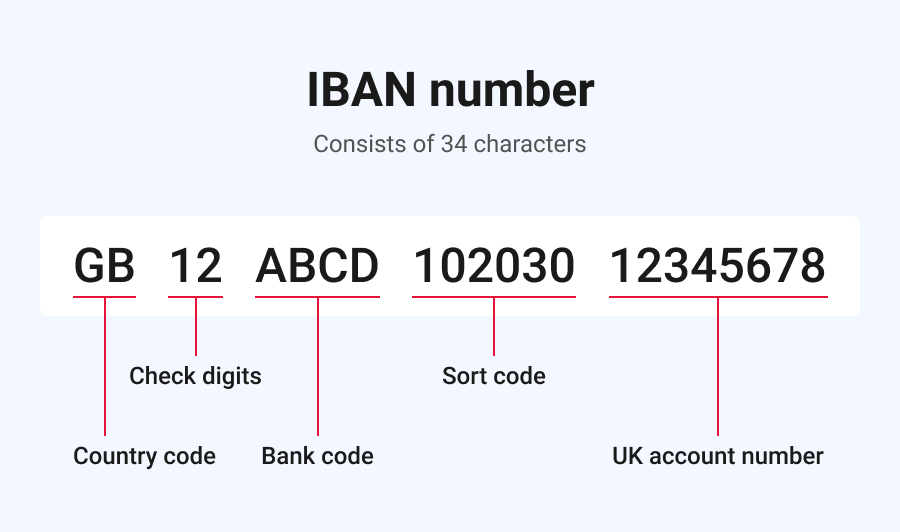
What happens if you enter the wrong IBAN number?
- The payment will be rejected and bounce back to the sender
- You may be charged a fee
- If the IBAN number is correct, but isn’t valid for the intended destination, your money may be sent to the wrong account
Always check the IBAN code with your recipient or payment provider when sending or receiving money – if caught on time you may be able to cancel your transaction.
Which countries use IBAN numbers?
IBAN numbers are used within all European Union countries and the majority of other European countries. It is important to note that some major countries such as the USA do not use the IBAN system but do recognise and process payments in accordance with the system.
Take a look at the full IBAN country List.
IBAN, SWIFT and BIC – what’s the difference?
A Society for Worldwide Interbank Financial Telecommunication (SWIFT) code is another internationally recognised method of identifying bank accounts when making international payments.
SWIFT itself is a global network that processes payments between different countries, and is the main system used throughout the financial world to make payments with speed, safety and assurance.
SWIFT codes are used to identify a specific bank or branch. BIC stands for Bank Identification Code (or Bank Identifier Code) and is a term used interchangeably with SWIFT.
As with IBAN numbers, SWIFT/BIC codes can be found on your paper statements or by logging into your online banking account.
Important
At WorldFirst, we pay you and your nominated beneficiaries via the SWIFT network.
Once we’ve received your cleared funds, we pay the account(s) on the agreed date.
We’ll send you confirmation to let you know when everything has gone through. For more information take a look at our FAQs.
So, are SWIFT and BIC codes the same thing?
Yes. Both are used to identify a specific bank when a payment is being made. The only difference is the name they’re given across different banks, payment providers and financial bodies.
They are often referred to as SWIFT/BIC codes or BIC/SWIFT codes.
What does a SWIFT code look like?
- 4-character bank code
- 2-character country code (telling you which country the bank is in)
- 2-character location code (denoted bank’s head office location
- 3-character branch code
What is an ABA number?
When making a money transfer to the USA, you’ll need to ask for your payee’s ABA number. If they are unsure of their number, it can typically be found on the bottom left-hand corner of each check in their check book.
An ABA number, also known as a bank routing number, or a routing transit number (RTN) is a nine-digit code that identifies banks in the U.S.
Every US bank or financial institution has a different ABA number, which is used by both domestic and international banks to locate the specific branch for payment, which is why it’s important to enter the correct code when making a payment to a US bank account.
More information
IBAN vs SWIFT – find out more on sending and receiving international payments as we breakdown the main differences between IBAN numbers and SWIFT codes in more detail.
Avoid high fees when sending money abroad
If you’re looking for an IBAN because you need to send money to a friend, family member, or an overseas a supplier, you’ll also want a clear breakdown on what the international money transfer will cost you.
International bank transfer fees can be confusing and very costly. When sending money abroad through your bank, you will usually be charged an international money transfer fee, the cost of which varies from bank to bank. On top of this you may have to pay a margin of up to 2.3%* on the daily exchange rate. This could make a big difference to the cost of your international payments and result in your recipient getting less than you might think.
If you want to get the best price available for sending money abroad, using an international money transfer specialist instead of your high street bank could save you money.
WorldFirst have a margin of 0.60% or less, which makes us up to 7x cheaper than the banks. Check out our pricing online.



